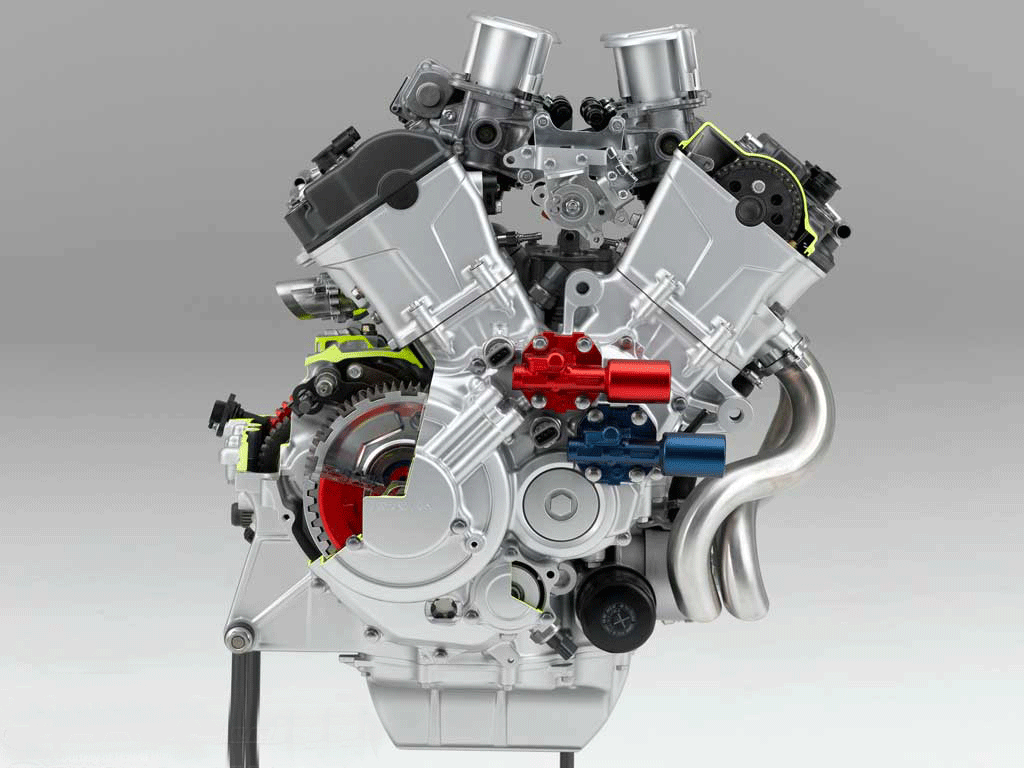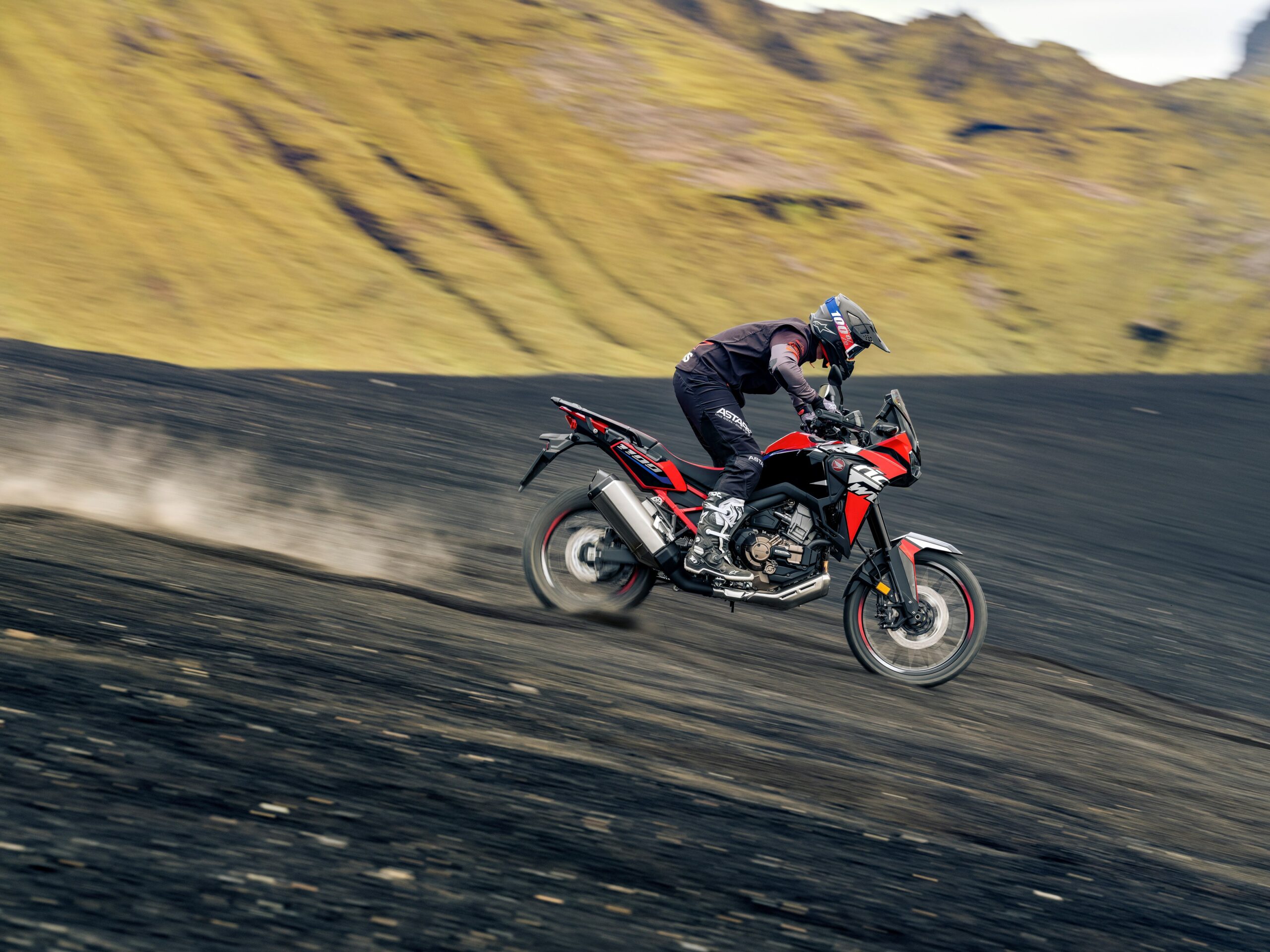Automatic transmissions have been a usual feature in the car industry for around a century, but they are far less common in the motorcycle sector. Their small size and lightness are not very well suited to automatic gearboxes, which are generally bulkier and heavier. However, it is true that the variable transmission and centrifugal clutch is being used a lot in many mopeds and scooters, but these can’t be classified as automatic motorcycles as they are single-speed and have no gearbox. These types of transmissions, known as CVT, are simple and practical, but their application to high-performance motorcycles is limited.
Electric motorcycles are also becoming increasing popular today, and although some prototypes and production models in small series have a gearbox and clutch, the majority are also single-speed and have no gearbox, as the permanent magnet motor acts directly on the secondary transmission and is even mounted on the rear wheel hub. Meanwhile, there have been some combustion engine automatic motorcycles with a gearbox and electro-hydraulic actuated clutch, but they haven’t been too successful, nor have they stood the test of time.

However, things changed in 2010 with the production of the Honda VFR1200F, a model developed by the Japanese giant in two versions. Both of them had a conventional six-speed gearbox, but one also had an electro-hydraulic dual-clutch transmission, a system previously seen in cars that Honda dared to incorporate into the bike world. This technology, called DCT (Dual Clutch Transmission) has been around for 12 years now and, as well as being mounted on the extinct VFR1200F, VFR1200X Crosstourer, NC700S/X, Integra, and NM4-01 Vultus, today we can find it on the CRF1100L Africa Twin, X-ADV, NC750X, CMX1100 Rebel, GL1800 Gold Wing, and on the new NT1100. So we can enjoy the sophisticated automatic transmission system developed by Honda in different types of bikes and in different engines.

How does a dual-clutch (DCT) work?
DCT is a system that automates the use of the gearbox and clutch. Its main characteristic is that it includes two clutches connected to a primary shaft as opposed to just one, as there are two shafts, running one inside the other. Thanks to this double shaft, the first clutch is connected to the gears of odd speeds (1st, 3rd, and 5th), while the second is linked to the even ones (2nd, 4th, and 6th). It is also different compared to a conventional gear system because it doesn’t have a clutch lever or foot lever.

The benefits they provide are ease of use and simpler gear change operations, as well as increasing comfort, as the rider has to carry out fewer functions. The DCT system also guarantees more efficient driving, as it is responsible for keeping the engine running at optimum speeds. Another stand out feature that’s different from the aforementioned CVT transmissions is that it allows engine braking when cornering. It is also worth mentioning that it allows you to choose between three transmission modes to adapt to different driving styles. The DCT system has two automatic driving modes (Drive and Sport), as well as a manual one.

In the automatic modes, the gear change is “smart”, both when going up and down gears. However, in the manual mode, the rider decides when to change gear by pushing two buttons on the left side of the handlebar. In Drive mode, the engine works at fewer revolutions to be more relaxed driving and use less fuel, and it is also more suitable for traveling on high-speed roads. In Sport mode, gear changes occur with the engine at higher speeds, which is consistent with a livelier driving style. Meanwhile, manual mode is ideal for sportier driving, and the rider decides, at the press of a button, when to change gear.

To choose between the different functions, the button for the automatic Drive and Sport modes are located on the right side of the handlebar. The switch that allows us to select the automatic or manual mode is also located on the right side.

It is easy to use. After starting the engine and releasing the parking brake, we will press the button on the right side to shift into gear from neutral. Once the instrument panel tells us that the desired transmission mode has been engaged, we only have to squeeze the throttle to get going. It is also possible to go in one of the automatic modes and change gears at the rider’s request with the buttons on the left side, and drive with the engine at lower revolutions or use the engine brake to facilitate cornering.

On the other hand, while in the two automatic modes we will never reach the ignition cut-off, as the system always upshifts before or does not allow downshifting, in manual mode it is possible because it is the rider who decides. Engines with DCT technology also allow to choose between different driving modes with a smoother or more direct feel, even including an off road mode in the Africa Twin and X-ADV models. Likewise, its performance has been coordinated with other driving aids such as traction control or hill start assist.

As the years have gone by, Honda has been perfecting the system operation and gear changes are getting faster and smoother, adapted to each specific bike, whether it is a touring bike, trail bike, standard bike, or maxi scooter.


 Join Us
Join Us  Join Us
Join Us 